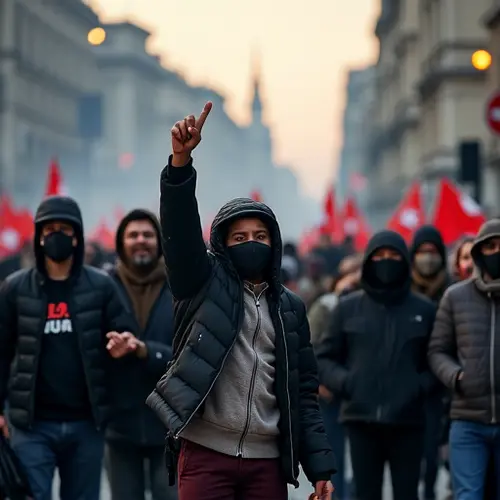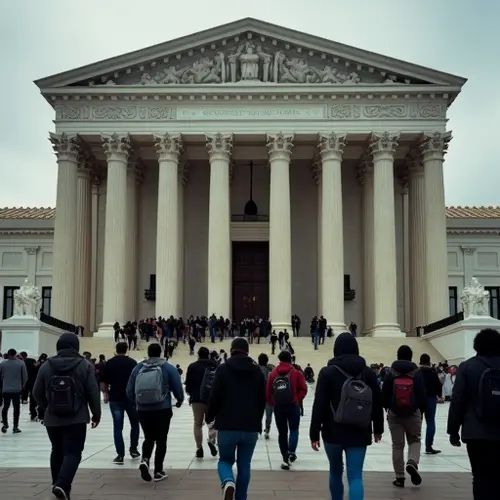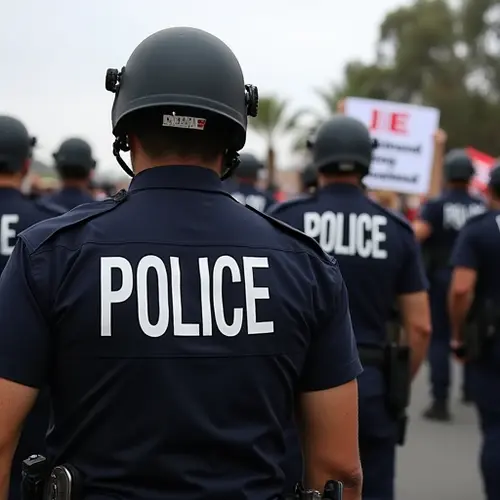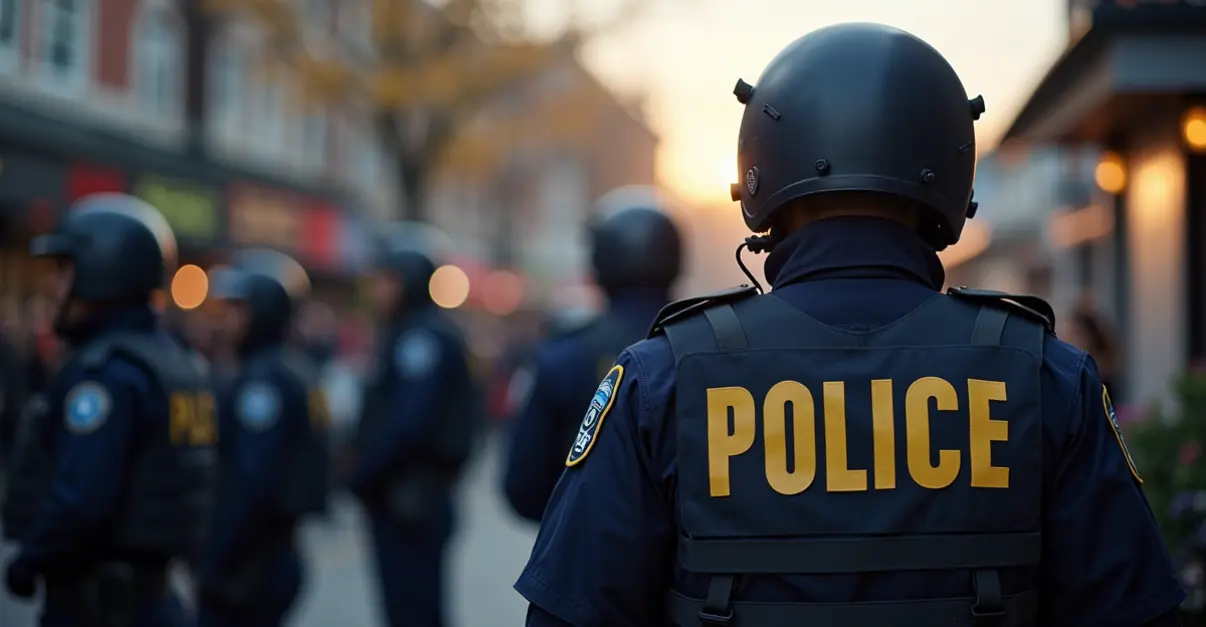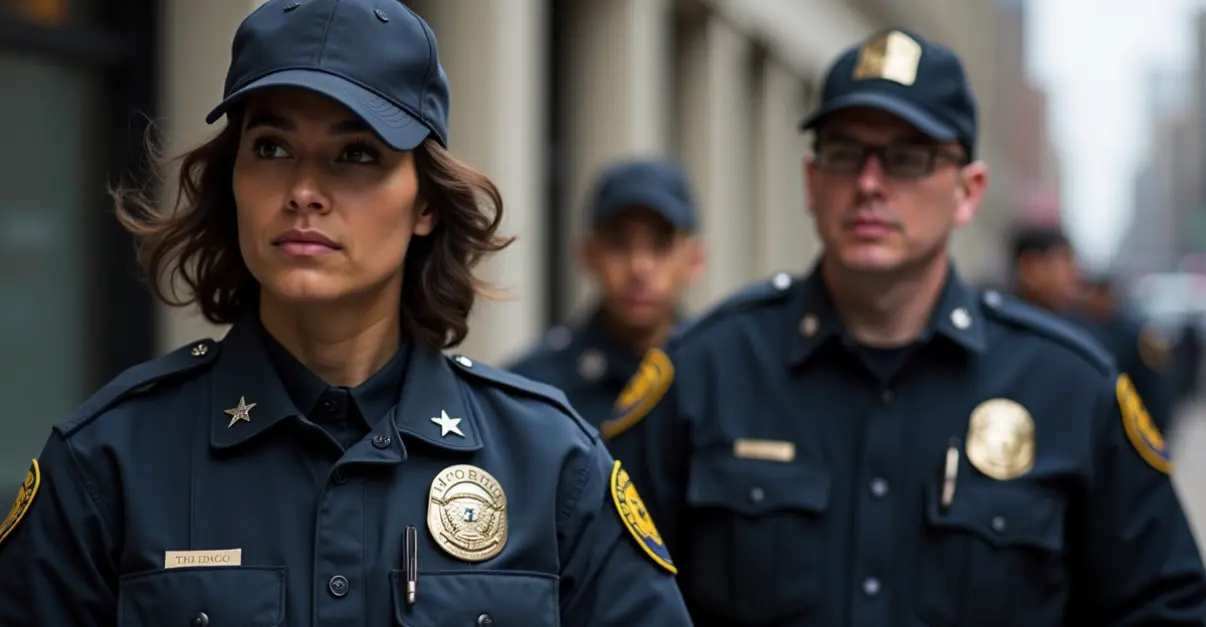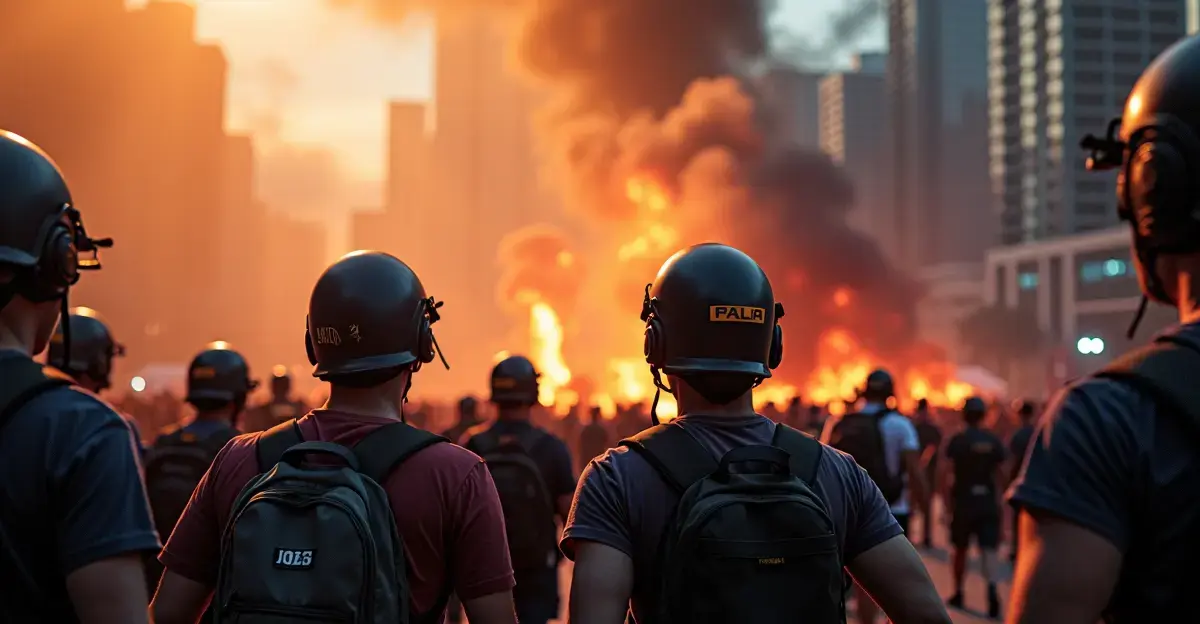
Massive Anti-Immigration Protests Sweep Australian Cities
Tens of thousands of Australians took to the streets across major cities in coordinated anti-immigration protests dubbed the "March for Australia." The demonstrations, which occurred simultaneously in Melbourne, Sydney, Perth, and other urban centers, represented one of the largest organized protests against government immigration policies in recent Australian history.
Government Condemnation and Political Response
Australian Environment Minister Murray Watt strongly condemned the protests, stating to Sky News Australia: "We do not support any march that spreads hatred and divides our community." The government's response highlighted concerns about the involvement of extremist groups and the potential for social division.
Protest Organization and Participant Numbers
Organizers claimed over 30,000 participants across multiple cities, with police estimates confirming significant turnout. Sydney saw approximately 8,000 demonstrators, Melbourne reported 5,000, while Western Australia authorities estimated 10,000 participants across various cities in their state. South Australia recorded the highest numbers with 15,000 protesters according to SBS News.
Immigration Statistics and Context
According to the Australian Bureau of Statistics, Australia received 667,000 migrants in 2024, representing a 10% decrease from the previous year. Historically, Australia has maintained positive net migration, with an average of 515,000 migrants annually in the five years preceding the COVID-19 pandemic. The majority of migrants consist of international students holding temporary residence permits, with the United Kingdom remaining the largest source country.
Extremist Group Involvement
Concerns materialized as the National Socialist Network (NSN), described by Australian media as the country's largest neo-Nazi organization, joined the Melbourne protests. NSN leader Thomas Sewell addressed the crowd, while prominent member Jack Eltis openly declared racist sentiments to 9 News, stating: "Yes, we are racists. We are proud of who we are as white men. We built this country."
Counter-Protests and Clashes
Simultaneous counter-demonstrations organized by groups including Refugee Action drew significant numbers. In several cities, including Canberra and Brisbane, clashes erupted between opposing groups. Melbourne witnessed the most severe violence, requiring police intervention with tear gas and resulting in six arrests for offenses including police assault, attempted robbery, and resisting arrest. Two police officers sustained injuries during the confrontations.
Historical Context of Australian Immigration
Australia's immigration history reflects a complex evolution from the White Australia Policy (1901-1973) to contemporary multiculturalism. The country has transformed from a British-dominated settlement to one of the world's most diverse societies, with 26% of the population born overseas according to 2011 census data. This historical context underscores the significance of current debates surrounding immigration policy and national identity.

 Nederlands
Nederlands English
English Français
Français Deutsch
Deutsch Español
Español Português
Português



